Conservationists from Goongerah Environment Centre (GECO) have halted logging operations in high conservation value forest on the St Patrick’s River in East Gippsland today due to multiple breaches of the law.
A person is positioned in a tree platform 30m off the ground. The platform is tied off to logging machinery which is preventing logging operations from continuing.
GECO believes the logging is illegal. VicForests has failed to carry out necessary pre logging surveys for threatened wildlife, which it is legally obligated to do. Logging has also illegally impacted upon a large stand of protected rainforest.

“The Minister was alerted to these breaches last week but as logging continues we’ve taken direct action to prevent further destruction of wildlife habitat and rainforest,’ said Ed Hill.
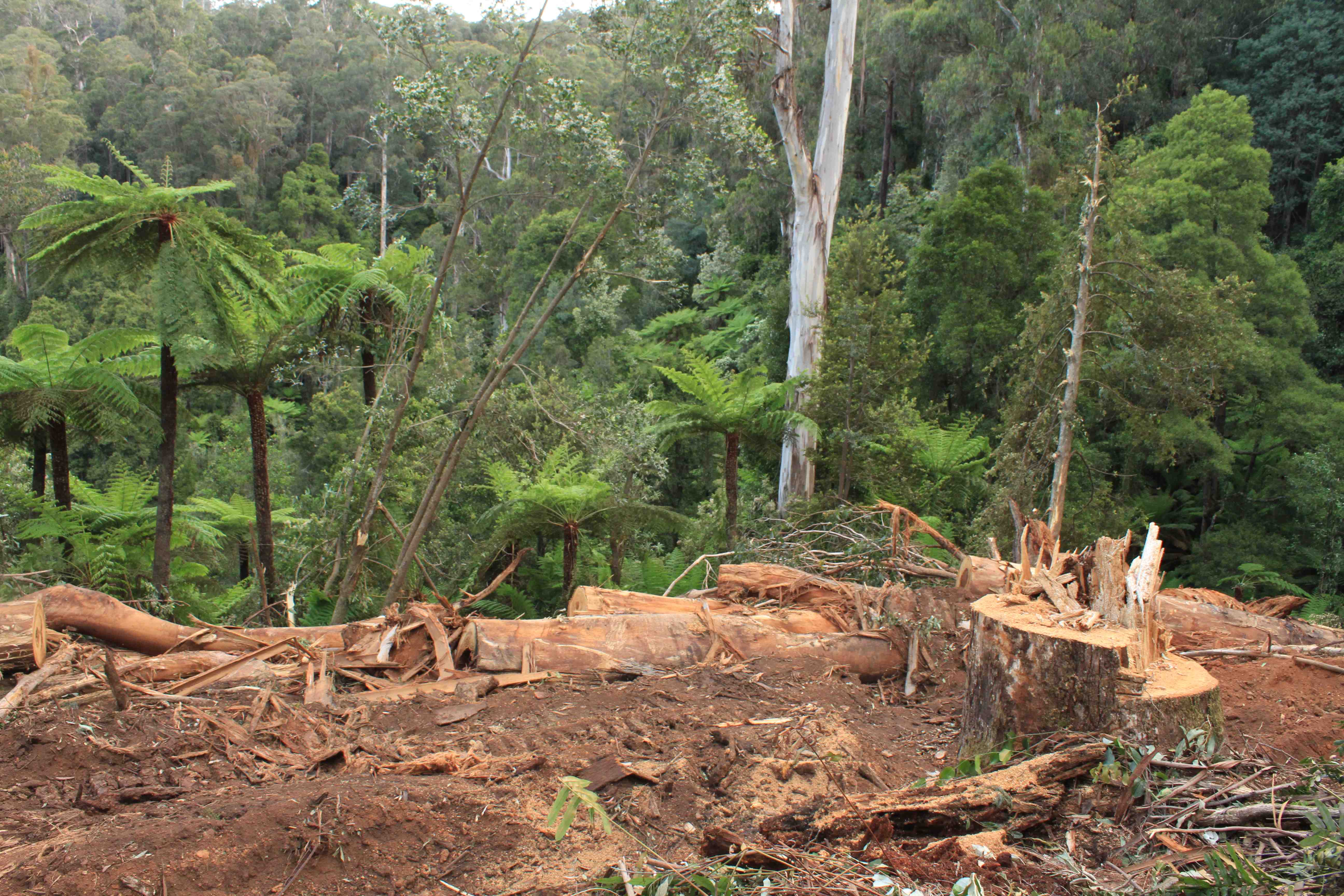
Photo: Logging has illegally encroached on protected rainforest
Three threatened/protected species have been recorded close to the area; Yellow-bellied Glider, Sooty Owl and the endangered Long-footed Potoroo. The forest is also rich in old trees with hollows – an indication that other rare and protected wildlife could be supported in this forest,” said Ed Hill.

Photo: Hollow bearing habitat tree, likely to support threatened species.
“Many stands of forest with high quality habitat for threatened wildlife are listed by VicForests as being currently logged or about to be logged and appear to have no surveys associated with them. These may also be illegal operations.”
“After a controversial rainforest logging operation was exposed by GECO earlier this year, Environment Minister Lisa Neville MP ordered her department to conduct ‘spot checks’ on VicForests’ logging operations in rainforest areas. This should have ensured rainforests are protected”, said Ed Hill

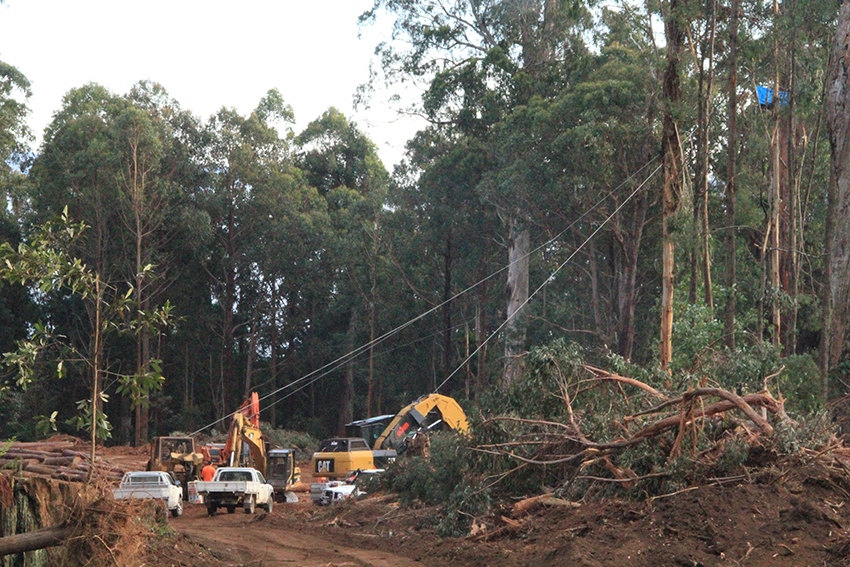
“Instead we see repeated and blatant contempt of clearly worded laws which should see VicForests charged, as any of us would be for destruction of protected rainforest,” said Ed Hill.
“As the Minister responsible Lisa Neville must act to immediately halt the logging in this coupe and order a full investigation into the suitability of VicForests as a manager of public property,” said Ed Hill.
High resolution images and video available from 10am
For comment contact Ed Hill: (03) 5154 0109 or 0414199645
email: geco.media@gmail.com , website: www.geco.org.au

























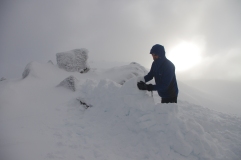













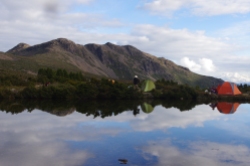


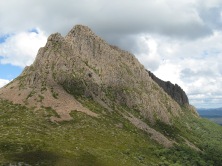






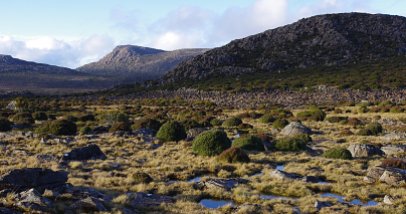



















Recent Comments